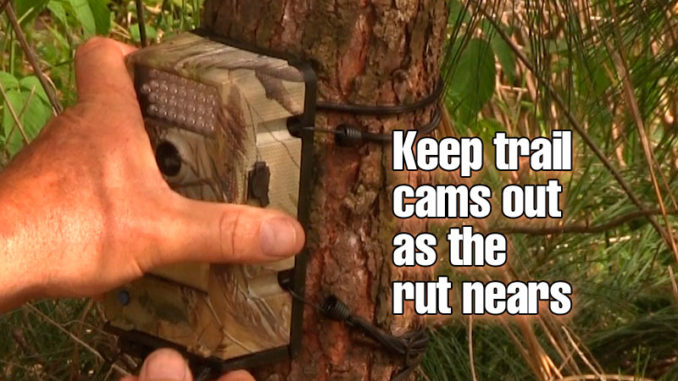
Trail cameras are about as important to today’s hunter as his or her weapon of choice or tree stand, and they’re not the same as they were 10 or even five years ago. They are great tools for hunters and land managers to use to capture deer movement. They can be used in a variety of different ways, and while most are used in the preseason to learn about the local deer herd, the rut can be one of the most-important times to survey the population and to see what kind of deer are around.
Trail cameras are tools that should be used throughout the year to gain valuable intelligence on any deer herd. Not only can they provide a preseason inventory, but throughout the season when the compliment of deer on a property is dynamic.
During the early summer, deer are in a pattern and routine. Deer seen in early August can be counted on to be seen early in the season. But after the hormones start flowing and hunters begin to make their mark, deer will quickly change their movement patterns and sometimes take off and move across the landscape. Trail cameras can be a vital tool to capture new arrivals and new movement patterns. Trail-camera data is crucial when deer are in an ever-changing, dynamic pattern.
Sometimes when a new buck shows up into an area, he may not be on the property for more than a few days, and hunters need these alerts to know where to concentrate their efforts. Bucks will show up when they find a hot doe in the area and may not stay around very long.
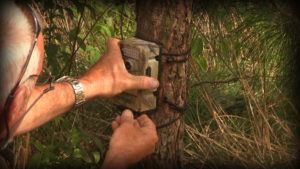
In the past, hunters have relied on seeing a new track, a new scrape line or a new set of rubs to know when a new buck is in the area, but excessive scouting can work against hunters. Even though hunters must physically walk in to check the camera cards on most units, they can be in and out in a hurry. It is much better than scouting all over, looking for new sign and leaving human scent everywhere.
Typically, the best places to erect trail cameras during the rut are in places that will capture the most deer activity. Bucks will be moving into the area looking for does, and does will be concentrated around major food sources, including food plots, agriculture fields, corn piles, and oak flats. But again, any places that concentrate deer movements along certain pathways can be good places to erect cameras.
One of the premier locations for a camera during the rut is along an active scrape line. Both bucks and does will visit these scent markers to see what other deer have been by and sometimes to leave their own marks. Mature bucks new to an area will be especially interested in scrape lines to see what does have stopped by and to drop their own scent marker to tip off others of their presence. A system of cameras set up at various places is a good tool for hunters to know when a new buck is in town.
Furthermore, cameras can tell hunters when deer are using a food source the most or when they are traveling down a trail system during this time of the season. This time of year, deer have changed their movement patterns.
November is a transitional month for wildlife and hunters should have good surveillance on their lands to make sure they are keeping up with the changes to get that trophy buck in lethal range.

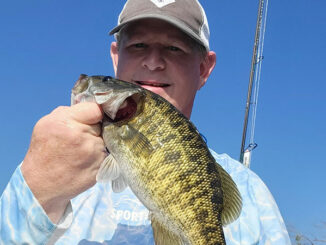
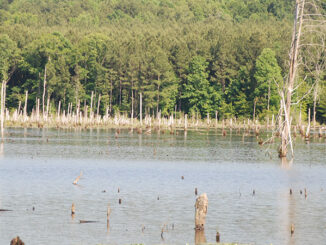
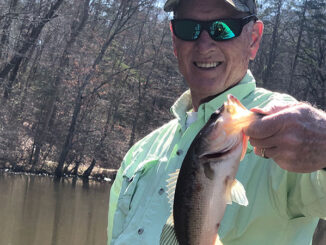

Be the first to comment